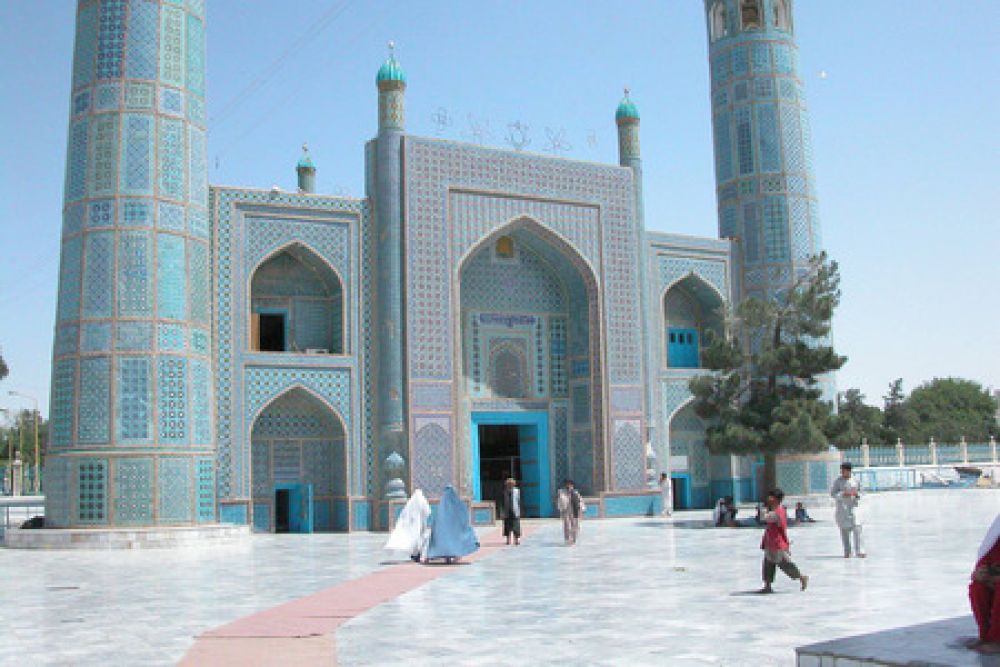

The Balkh Museum situated in Mazari-Sharif, Afghanistan, stands as a storied institution within a region once known as Bactria. For centuries, this area has been a crucible of historical events and a confluence of various civilizations including Greek, Persian, and Islamic influences. The museum itself is relatively recent, emerging in the 20th century, but the artifacts within its walls echo millennia of human history.
The museum's inception dates back to the 1960s, during a time when Afghanistan was becoming increasingly accessible to international tourists and scholars. Afghanistan's government, recognizing the immense historical value of artifacts scattered across its territories, founded the museum in Balkh Province as a means of preservation and education.
Though the museum has endured periods of turmoil due to political instability and conflict in Afghanistan, it remains a significant repository of the region's artifacts. Its collection includes items ranging from prehistoric tools to coins and ceramics from the Greek, Bactrian, Buddhist, Hindu, and Islamic periods. In earlier days, the museum drew a modest number of international tourists intrigued by Afghanistan's ancient civilizations and the Silk Road's history.
The decades of conflict in Afghanistan since the late 1970s have had a profound impact on tourism and the preserve of cultural heritage. During the Taliban's control, many of Afghanistan's ancient artifacts were destroyed or looted, leading to a significant loss of cultural wealth. The Balkh Museum was not immune to these devastations. Despite this, the museum has strived to protect and restore its collection, endeavoring to keep the embers of Afghanistan's rich history alive.
In recent years, there have been efforts to rebuild and renovate the Balkh Museum. International organizations and the Afghan government have been working to restore cultural sites and return trafficked artifacts to their rightful place. While tourism has been severely limited due to security concerns, there is hope for a resurgence in the future.
The latest trends in tourism in regions similar to Afghanistan focus on sustainable and responsible travel—where the safety of tourists and the protection of cultural heritage are given high priority. In Afghanistan, where the potential for tourism is vast, any future developments in the industry would need to firmly consider the sociopolitical challenges that have shaped the country's recent history.
Interest in visiting destinations like the Balkh Museum is currently driven more by academics, historians, and those with a strong personal connection to Afghanistan. Potential travelers may often engage in "virtual tourism" through online galleries and scholarly publications, as real-life visits remain limited.
The conflict and instability have not extinguished the global interest in Afghanistan's historical treasures. The Balkh Museum remains a beacon of cultural significance for the global historical community and Afghans alike. It is hoped that, with time and sustained efforts for peace and preservation, the museum will once again welcome visitors from around the world to witness the remarkable legacy housed within its walls.
For those interested in accessing information or supporting the conservation efforts of Afghanistan's cultural heritage, organizations such as UNESCO and the International Council of Museums (ICOM) provide resources and updates on their work in the region. They also offer platforms for advocacy and education on preserving the historical and cultural integrity of places like the Balkh Museum.